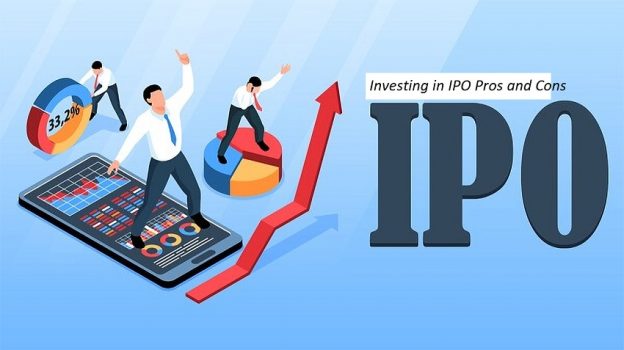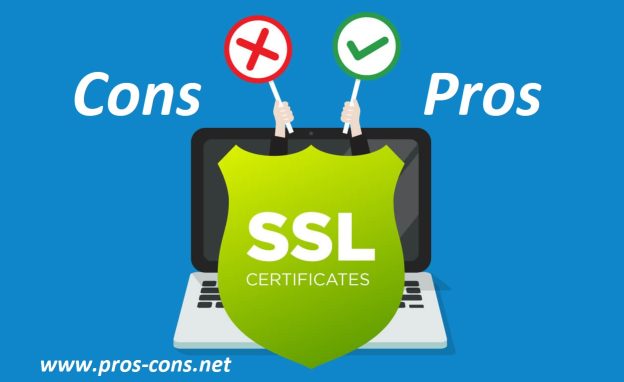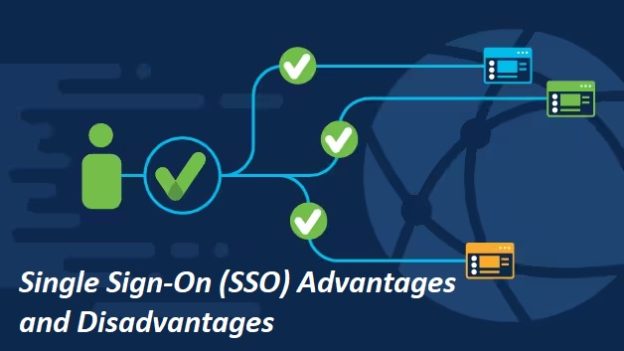The new iPad Pro with the M4 chip, launched in 2024, is a significant update from Apple. The iPad Pro has been completely redesigned, described as the “Thinnest Apple Product Ever”. Today we will discuss some of the advantages and disadvantages of new iPad Pro with the M4 chip.
The 13-inch model is just 5.1 mm thin, and the 11-inch model is slightly thicker at 5.3 mm. Both sizes feature a new breakthrough Ultra Retina XDR display with state-of-the-art tandem OLED technology, providing a remarkable visual experience. The M4 chip features a 10-core CPU with 4 performance cores and a 10-core GPU, along with the most powerful Neural Engine yet, capable of 38 trillion operations per second. This makes the iPad Pro an outrageously powerful device for artificial intelligence.
The fastest spec M4 chip is exclusive to the 1 TB and 2 TB models, which also sport 16 GB RAM. The versatility of the iPad Pro is enhanced with all-new accessories like the Apple Pencil Pro and a new thinner, lighter Magic Keyboard. The new iPad Pro is available to order, with availability in stores beginning Wednesday, May 15. It’s clear that the new iPad Pro with the M4 chip is designed to be a powerhouse for both professional and personal use, with significant improvements in design, display, and performance.
Pros and Cons of New iPad Pro with the M4 chip 2024:-
The new iPad Pro with the M4 chip in 2024 has garnered attention for its impressive features and design. Here’s a summary of its pros and cons based on the latest reviews and reports:
Pros:
• Super thin and light design: The iPad Pro is now even thinner than an iPod Nano, making it extremely portable.
• Gorgeous OLED panel: The new Ultra Retina XDR display with tandem OLED technology offers stunning visuals.
• M4 performance upgrade: The M4 chip with a 10-core CPU and GPU promises improved performance and efficiency, especially for AI tasks.
• Increased RAM: Some models come with 16GB of RAM, providing a significant boost in multitasking capabilities.
• Improved Magic Keyboard and Pencil Pro: New accessories like the Apple Pencil Pro and a lighter Magic Keyboard enhance the user experience.
Also Read:
Apple Watch: Pros And Cons
Pros and Cons of Apple Vision Pro
Pros and Cons of Apple iPad Pro 2020
Pros and Cons of using an iPhone System Smartphones
iPhone 14 Advantages and Disadvantages
iPhone 15 Advantages and Disadvantages
Pros and Cons of iOS Operating System
Pros and Cons of the latest MacBook Pro
Pros and Cons of the Latest MacBook Air
Cons:
• Higher price point: The starting price is $200 more than the previous iPad Pro models.
• Expensive nano-texture glass upgrade: While offering better display quality, the nano-texture glass is a costly add-on.
Overall, the iPad Pro 2024 seems to be a substantial upgrade, especially for those who value a lightweight design and powerful performance. However, the increased cost might be a consideration for potential buyers.









